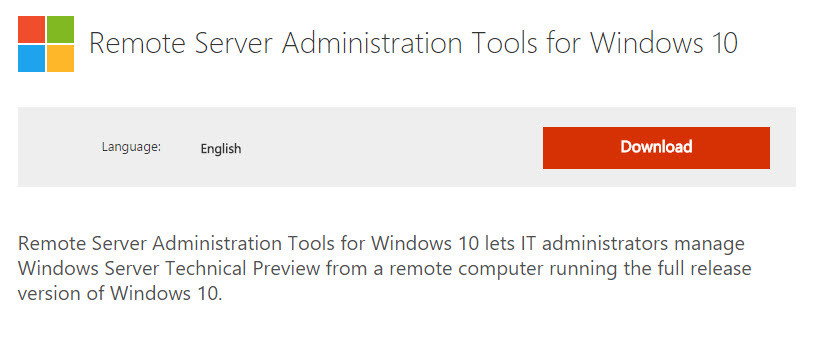
You can access the RSAT tools themselves in the Windows Administrative Tools group in the start screen. If it is not in any domain, make sure your device has the latest update. If you have access to it, you can disjoin your device from the domain, try to install RSAT and rejoin the domain. To install, simply run the WindowsTH-KB2693643-圆4.msu or WindowsTH-KB2693643-x86.msu and when you are prompted by the Windows Update Standalone Installer dialog box to install the update, click Yes.Īccept the license agreement and after a few moments it is installed. If it is in a domain, check the WSUS configuration with your server administrator to reconfigure it to be able to get the latest update and install RSAT. The version that works with Windows 10 version 1607 is this release and it works just fine, you can download it here. Then scroll through available features and click on the feature you wish to add. When Optional features settings opens, click Add features. To enable RSAT with Manage Optional Features: Type Optional Features in the search bar.

If you need to connect to Active Directory services from Windows 10 version 1607 you’ll need a corresponding version of RSAT installed. Install RSAT in Windows 10 with Manage Optional Features. Therefore if you need the functionality that RSAT provides, you’ll need to find the newer release of RSAT and install it. When you upgrade from one version of Windows to another, a side-effect of that process means that the upgrade itself (setup.exe) will remove the currently installed RSAT (if one is detected) as it will be incompatible with the newer version of Windows 10. Prior to the upgrade, you may have been connecting to Active Directory using RSAT (Remote Server Administration Tools).

Windows 10 version 1607 was released this week and already people are upgrading their Windows devices.


 0 kommentar(er)
0 kommentar(er)
